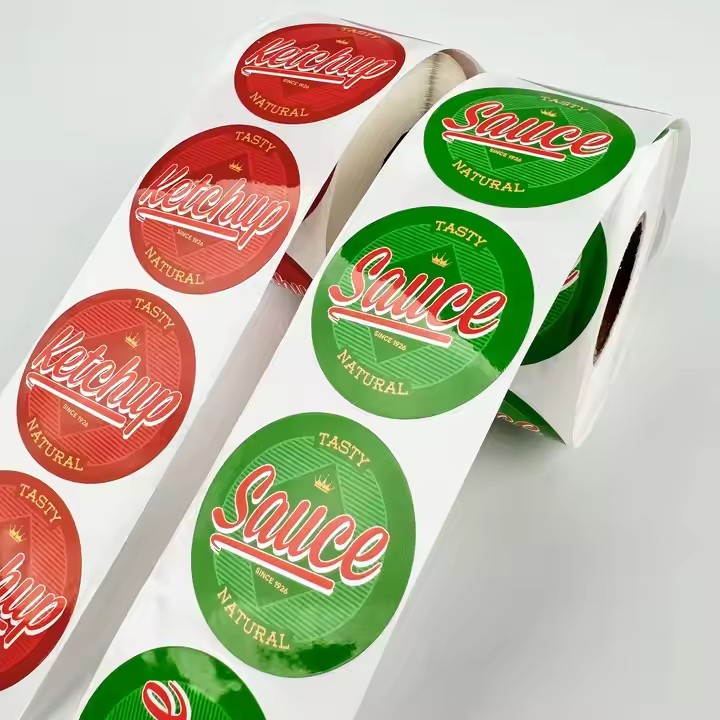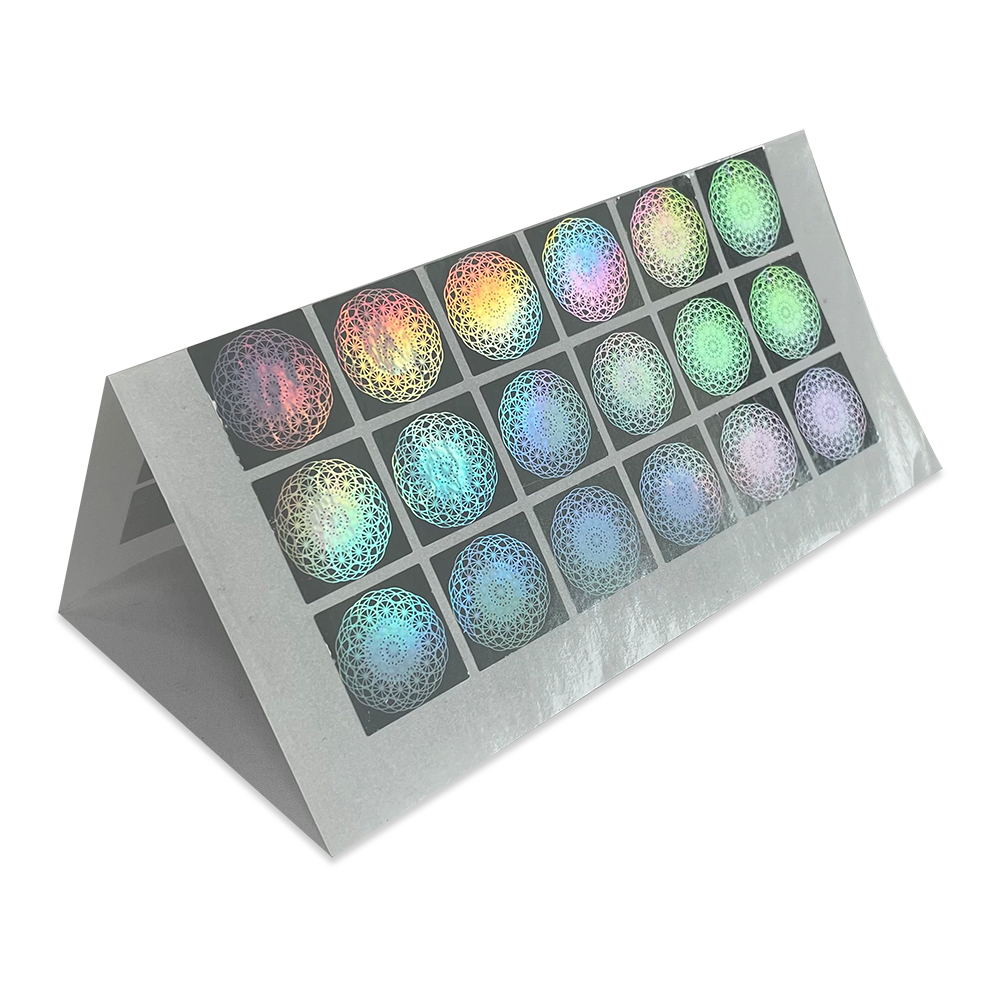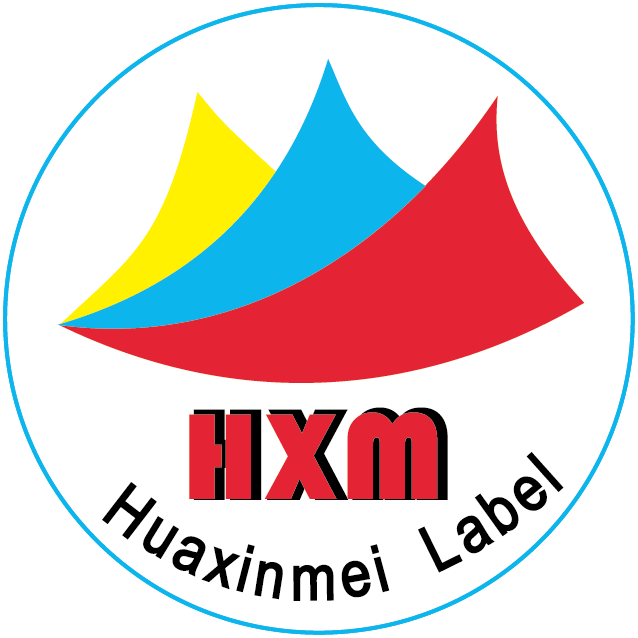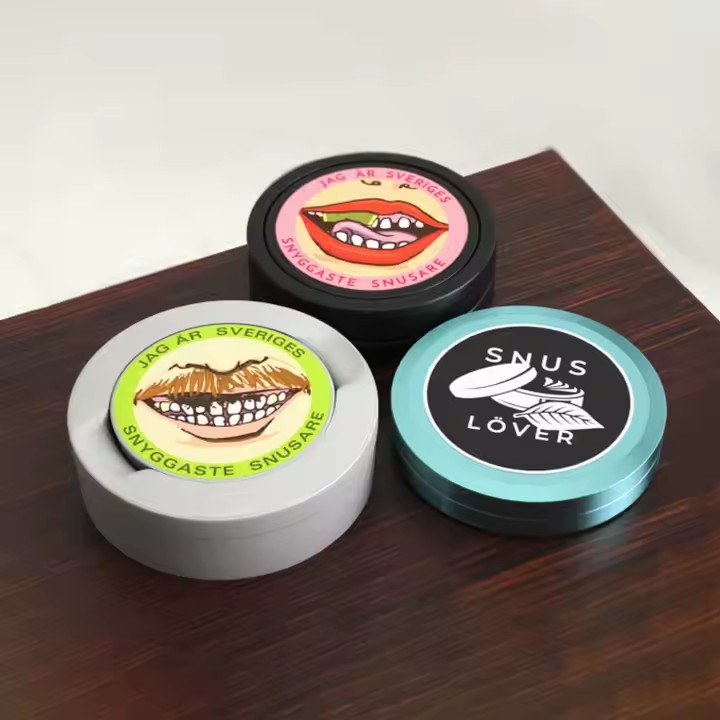In the highly competitive honey market, honey jar labels are not just product identifiers. They are also crucial tools for attracting consumers’ attention, conveying product value, and driving sales. To create an excellent honey jar label design, careful planning is required in multiple aspects, including visual presentation, copywriting, material selection, and legal compliance. Only in this way can the product stand out on the shelves and win consumers’ favor.
I. In – depth Research on Target Audience and Market Trends
Before designing honey jar labels, it is essential to clearly define the product’s target audience. Consumers of different ages, income levels, and lifestyles have diverse needs and preferences for honey. For example, young women may pay more attention to the beauty – enhancing effects of honey and prefer label designs that are simple, stylish, and have a girly charm. Middle – aged and elderly consumers, on the other hand, may be more concerned about the health – care functions of honey and tend to favor traditional, stable, and information – clear label styles.
At the same time, researching market trends is also of great significance. Understanding current popular color combinations, design styles, and packaging elements can make the label design more in line with consumers’ aesthetic trends. In recent years, natural, environmentally – friendly, and minimalist design styles have been well – received. Honey jar labels designed with hand – drawn illustrations, retro elements, and natural materials are more likely to attract consumers’ attention.

II. Highlight Brand Image and Product Differentiation
(I) Strengthen Brand Identity
The brand logo is an important symbol for consumers to identify products. In label design, the brand logo should be placed in a prominent position to ensure it is clearly visible. The logo design should be simple and unique, reflecting the brand’s core values and cultural connotations. For example, a bee – themed logo can showcase the brand’s characteristics through different design techniques. A realistic style can convey professionalism, while a cartoon style can express friendliness. Meanwhile, unify the brand color system to keep the label consistent with the overall brand visual image, enhancing brand recognition and memorability.
(II) Showcase Product Features
Origin Advantages: If the honey comes from a specific high – quality origin, such as Changbai Mountain, Qinling Mountains, etc., clearly indicate it on the label. You can also add illustrations or photos of the origin’s scenery to let consumers intuitively feel the natural purity of the honey. For example, label it as “Sourced from the primeval forests of Changbai Mountain, far from pollution, bees collect natural wildflower honey” to enhance the product’s credibility and appeal.
Nectar Source Plants: Explain in detail the nectar source plants of the honey, such as acacia honey, linden honey, rape honey, etc., and introduce the unique functions corresponding to each nectar source plant. For instance, acacia honey has the functions of clearing heat, detoxifying, beautifying, and moistening dryness. Briefly state this on the label to meet consumers’ needs for the functions of honey.
Production Process: Emphasize the production process of honey, such as low – temperature concentration, natural ripening brewing, etc., to highlight the high quality of the product. You can use a combination of icons and text to simply and clearly show consumers the professionalism and rigor of the production process.
III. Optimize Visual Design
(I) Color Matching
Color is one of the most eye – catching visual elements for consumers. Select appropriate color combinations according to the characteristics of honey and the target audience. The golden color of honey itself is a commonly used main color, which can intuitively convey the product’s nature and give people a warm and sweet feeling. It can be paired with green to reflect naturalness and health; with white to create a simple and pure atmosphere; and with brown to show a retro and natural style. At the same time, pay attention to the color contrast to ensure that the text and patterns are clearly visible.

(II) Font Selection
The choice of font should match the brand style and product positioning. The title font should be eye – catching and distinctive to quickly capture consumers’ attention. Handwritten fonts, artistic fonts, etc., can be selected. The body text should be clear and easy to read, avoiding overly fancy fonts. Differentiate texts of different levels through font size, color, thickness, etc., to make the label information hierarchical.
(III) Pattern Design
Illustration Elements: Use hand – drawn illustrations to depict patterns related to honey, such as bees collecting nectar, blooming flowers, honeycombs, etc., to increase the fun and artistic sense of the label. The style of the illustrations can be selected according to the target audience. For example, a cute style can attract children and young consumers, while a realistic style can demonstrate the product’s professionalism.
Photographic Images: Use high – definition product images of honey, pictures of nectar source landscapes, etc., to let consumers have a more intuitive understanding of the product. The images should be clear, beautiful, and coordinated with the overall style of the label.
IV. Write Attractive Copy
Highlight Selling Points
In the label copy, express the product’s core selling points in simple and clear language. For example, “100% natural, no additives”, “Rich in multiple vitamins, enhances immunity”, “Rich and mellow taste, sweet but not greasy”, etc., so that consumers can understand the product’s advantages at a glance.
Tell the Brand Story
A touching brand story can narrow the distance between the brand and consumers and enhance emotional resonance. You can use a few words on the label to tell the brand’s origin story, the story of beekeepers, and the pursuit of quality, allowing consumers to feel the humanistic sentiment behind the product. For example, “Three generations of beekeepers, inheriting a century – old craftsmanship, just to bring you the purest natural honey.”


